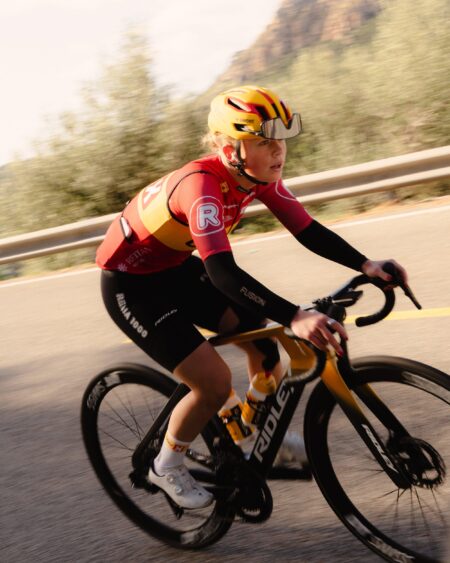End of the Road for Tour of Scandinavia: What It Means for Women’s Cycling
The recent announcement that the Tour of Scandinavia will cease operations marks a significant turning point in women’s professional cycling. Established as one of the few premier stage races exclusively for female athletes, this event sought to elevate women’s cycling within the Nordic region and beyond. Despite attracting top-tier competitors and enthusiastic audiences, organizers have cited persistent financial and logistical obstacles that made continuation untenable. This development not only underscores ongoing challenges in sustaining elite women’s races but also prompts reflection on how to secure a vibrant future for stage racing at the highest level.
Reflecting on the Tour of Scandinavia’s Contribution to Women’s Cycling
Throughout its tenure, the Tour of Scandinavia emerged as a vital platform showcasing world-class female cyclists from across continents. The race successfully drew increased media attention and fan engagement, helping to spotlight gender disparities in professional cycling while advocating for greater equity. By providing an international stage where emerging talents could compete alongside established stars, it played an essential role in raising awareness about women’s competitive cycling.
This final edition served as both a celebration of progress made and a reminder that much work remains. The event helped catalyze conversations around investment priorities, media representation, and race opportunities—issues critical to advancing gender equality within sport.
- Boosting Financial Backing: Highlighted need for expanded sponsorships dedicated specifically to women’s events.
- Expanding Race Calendars: Emphasized demand for more WorldTour-level stage races tailored toward female cyclists.
- Sustained Media Presence: Demonstrated importance of consistent coverage to grow fan bases and commercial interest.
The Enduring Legacy: How Tour of Scandinavia Shaped Opportunities Ahead
The legacy left by this Scandinavian race extends far beyond its final finish line. It provided invaluable exposure that helped riders secure contracts with leading teams while fostering an international community united by shared ambition and passion. Its influence encouraged sponsors and governing bodies alike to reconsider their commitment levels toward women’s competitions—a crucial step forward amid ongoing calls for parity with men’s events.
The void created by its closure presents both challenges and possibilities: new organizers may be inspired to launch innovative events or revamp existing ones with enhanced support structures designed specifically around female athletes’ needs. For example, recent growth seen in other regions—such as Australia’s Women’s Herald Sun Tour gaining UCI status—illustrates potential pathways forward fueled by strategic partnerships between local governments, sponsors, and broadcasters.
Tackling Challenges: Strategies To Revitalize Women’s WorldTour Stage Racing
The discontinuation highlights systemic issues requiring urgent attention if women’s stage racing is to thrive sustainably over coming years. Stakeholders must adopt multifaceted approaches addressing financial viability, audience engagement, grassroots development, and technological innovation:
- Diversified Funding Models: Combining corporate sponsorships with public grants can stabilize prize funds & operational costs; recent data shows global sports sponsorship spending on women-specific initiatives grew over 20% annually since 2020.
- Amplified Broadcast Efforts: Partnering with digital platforms alongside traditional TV networks ensures wider reach; live streaming innovations have boosted viewership numbers significantly during major events like La Course by Le Tour de France.
- Cultivating Local Engagement: Community rides linked with pro races encourage participation at grassroots levels; programs such as “Girls on Bikes” across Europe demonstrate how localized efforts build long-term fanbases.
| Innovation Focus | Expected Impact |
|---|---|
| Virtual Race Platforms (e.g., Zwift Events) | Create global accessibility allowing fans worldwide real-time interaction beyond physical venues. |
| Sophisticated Data Analytics Tools | Aid teams in optimizing tactics through performance metrics enhancing competitiveness. |
| User-Driven Fan Experiences via Apps & Social Media | Cultivate deeper emotional connections between supporters & athletes boosting loyalty. |
A Forward-Looking Perspective: Navigating Post-Tour Realities Â
The conclusion of the Tour of Scandinavia signals both an end chapter filled with achievements yet also exposes fragilities inherent within women’s professional cycling circuits today. While it leaves behind inspiring memories marked by fierce competition among elite riders such as Annemiek van Vleuten or Elisa Longo Borghini who once graced its roads—the broader question remains how best stakeholders can collaborate moving forward.
The path ahead demands renewed dedication towards equitable resource allocation combined with creative solutions leveraging technology plus community involvement.
As momentum builds globally—with increasing advocacy from organizations like The Cyclists’ Alliance pushing gender parity—the hope persists that lessons learned from this closure will fuel stronger frameworks supporting future generations.
Ultimately,the aspiration is clear: establish resilient platforms where talented female cyclists receive recognition commensurate with their skill level while captivating audiences worldwide through compelling narratives woven into dynamic racing calendars.
The evolution continues—and so does our collective responsibility—to ensure women’s road racing flourishes sustainably well into tomorrow.











